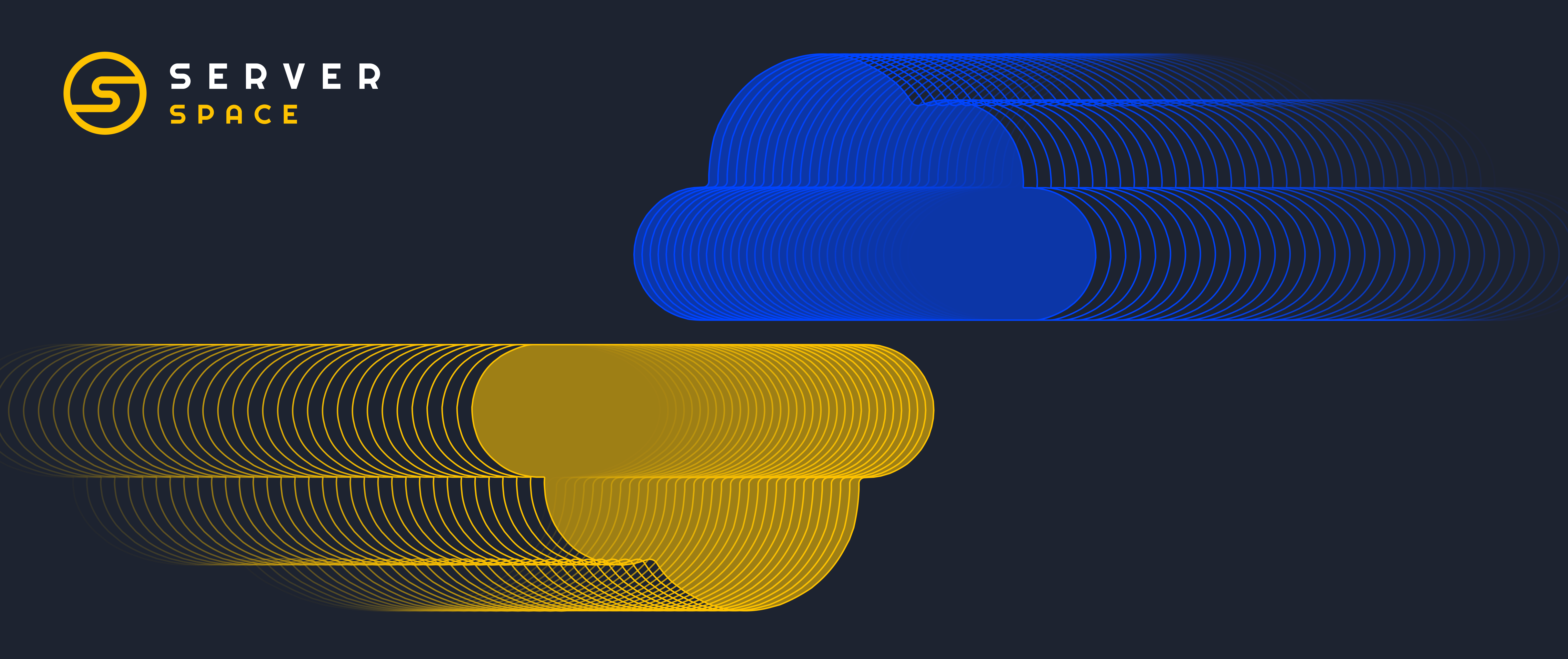VPS, VDS and Bare Metal: the only guide you need

Many businesses and developers today are faced with a critical question: which server option will best support your project’s growth — VPS, VDS or Bare Metal? In this guide, we’ll walk you through everything from basic definitions to performance comparisons and real-world use cases. Most importantly, we’ll help you decide which solution to deploy and where — and show you how to do it in just a few clicks.
What are VPS, VDS and Bare Metal?
A VPS (Virtual Private Server) is a virtual environment hosted on a physical server, giving you dedicated resources while still sharing the physical hardware. It's an affordable, flexible entry point — ideal for web hosting, dev/test tasks, and small businesses.
A VDS (Virtual Dedicated Server) goes one step further: it often provides guaranteed CPU, RAM, and disk performance — with less resource contention. It’s perfect for businesses that need consistent output and predictable performance.
A Bare Metal Server is a physical machine with no hypervisor or virtualization layer. You rent the entire server — meaning full control, no shared hardware, and maximum performance. It’s the powerhouse option for demanding applications.
Bare metal cloud servers combine the raw power of hardware with the flexibility of the cloud: instant provisioning, remote management, and global reach.
VPS vs VDS vs Bare Metal: what’s the real difference?
Each hosting type comes with its own set of advantages, depending on your needs.
VPS (Virtual Private Server) offers moderate performance with shared physical infrastructure. It's a great choice for developers, startups, and anyone looking to launch quickly with low cost and high scalability. Resources are virtualized and split among users, meaning you might experience occasional performance drops during peak load.
VDS (Virtual Dedicated Server) bridges the gap between VPS and Bare Metal. It provides higher stability and more predictable performance by allocating more guaranteed CPU, RAM, and disk resources. This makes it a solid pick for medium-sized projects, SaaS platforms, and e-commerce sites that need consistency.
Bare Metal delivers the highest level of hardware isolation and raw performance. You get full control over the server — no neighbors, no virtualization. This is ideal for resource-intensive applications such as AI/ML training, big data processing, gaming platforms, or video rendering.
In terms of cost, VPS is the most affordable, followed by VDS as a mid-range option. Bare metal is the most expensive but offers unmatched performance. VPS is the fastest to set up, often ready in minutes. VDS setups are also relatively fast, while bare metal servers might take longer to provision.
Still unsure? If you're comparing bare metal vs VM, the key difference lies in direct access to hardware. Virtual machines share resources; bare metal does not. When considering vps vs vds, VDS provides stronger guarantees, while VPS is more flexible and cost-efficient.
Choosing the right server for your use case
- Choose VPS if you need affordable infrastructure that’s quick to launch and easy to scale. Great for freelancers, developers, and growing startups, VPS provides the flexibility to adapt to your project’s needs without overpaying for unused resources.
- Consider VDS when you need more consistent performance, but be aware that it often comes with a higher price tag and less agility.
- Choose Bare Metal only if you have extremely high-performance requirements and a dedicated IT team to manage physical hardware — but for most use cases, it’s overkill.
That’s why VPS remains the best balance between performance, scalability, and cost-efficiency. At Serverspace, we specialize in high-availability VPS hosting solutions with instant deployment, SSD storage, free traffic, and global data centers — all with transparent, pay-as-you-go pricing and no hidden fees.
Real-world examples: what people actually use
- A digital agency deploys VPS hosting solutions to manage multiple client websites with cost control.
- A mid-sized marketplace switches to VDS to ensure checkout and search remain fast during traffic spikes.
- A fintech startup runs real-time analytics on bare metal cloud hosting to avoid virtualization bottlenecks.
Wherever your project fits in this spectrum — there’s a solution you can launch in minutes.
Common pitfalls to avoid
- Mistaking VPS for VDS: VPS is great for small to medium needs, but won’t handle sudden spikes or demanding applications well.
- Overpaying for Bare Metal when a properly optimized VDS could suffice.
- Choosing a server in the wrong location — latency matters. Always select a region close to your target audience.
- Ignoring scaling potential — can your current setup grow with you?
FAQ: still have questions?
What is a bare metal server?
A physical server without any virtualization layer — offering direct access to hardware.
What’s the difference between VPS and VDS?
VDS generally provides more stable and isolated performance. VPS is more affordable but shared.
How much does a bare metal server cost?
Prices vary depending on CPU, RAM, and location — but it’s generally more expensive than virtualized solutions.
Why would I choose bare metal over cloud?
If performance, control, or compliance is mission-critical — bare metal is the answer.
Where can I deploy my server?
With Serverspace, you can choose from multiple global data centers to reduce latency and meet compliance.




